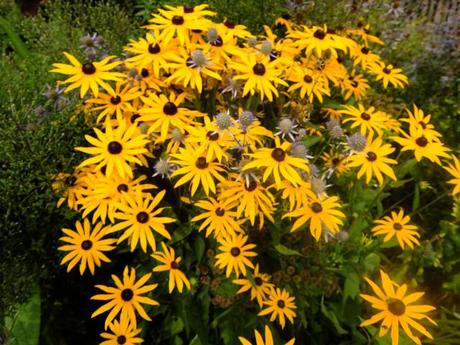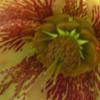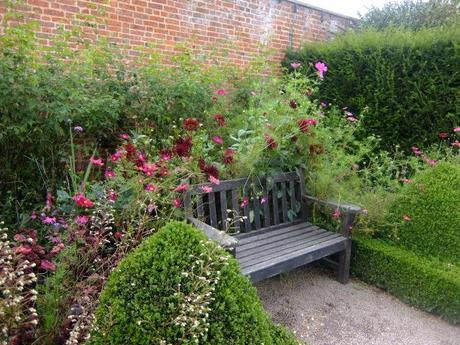
My small-scale quest to find examples of good late summer borders, and in particular mixed borders looking good now, has continued. Hampton Court in Herefordshire is a pleasant cross-country hours drive from me and a garden I visit at some point most years. I haven’t been this late in the season so it was interesting to see how the garden looks later in the year.
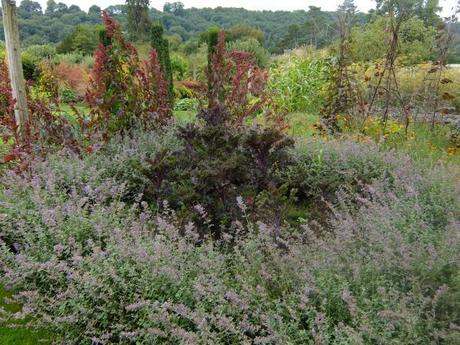
The walled vegetable garden was looking amazing in its own inimitable fashion. I’m not a huge fan of veg gardens but there is always something fascinating as well as exuberant about Hampton Court’s garden. They use a wide range of herbs and annuals to add color and draw in the pollinators. However this did not help me with my quest.
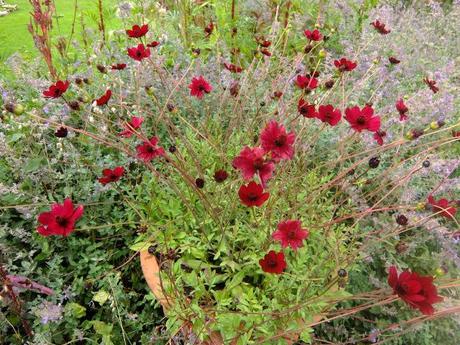
Although I was rather taken with the combination of the Chocolate Cosmos and the Nepeta above – another idea to take away and maybe use in my own garden.
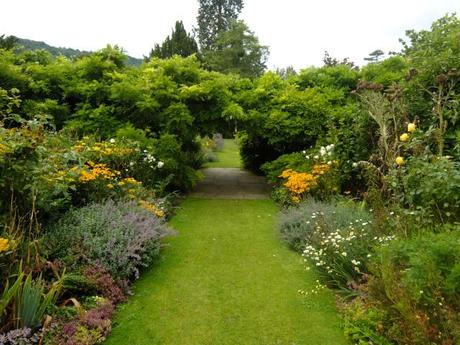
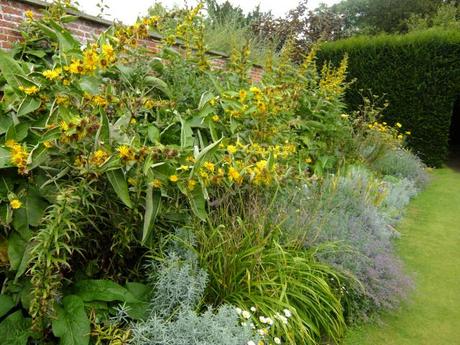
Whilst I am always attracted to Inulas they are just too big for my garden. I can say this from experience since I diligently grew some from seed a few years back and they took over the back slope and were a nightmare to dig up. However I do like the combination of the yellow and the blue and I think this could be a good theme for the Big Border at this time of year. I already have some asters and a few rudbeckias so it is a case of considering other plants to incorporate which will also add to the interest at other points in the year.
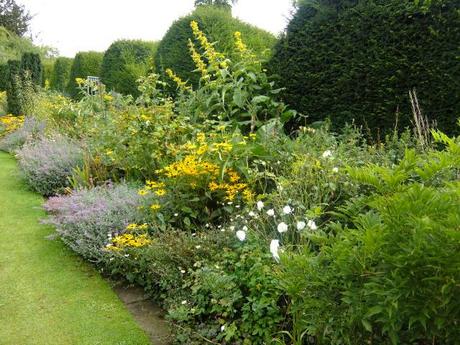
Nepeta is a feature of these borders along with rudbeckias and they seem to add a rhythm to the borders which works along the long length but I don’t think I have space for that approach. Also included are roses, both yellow and white, and echinops which I had already added to my ‘to get’ list from my visit to Stockton Bury.
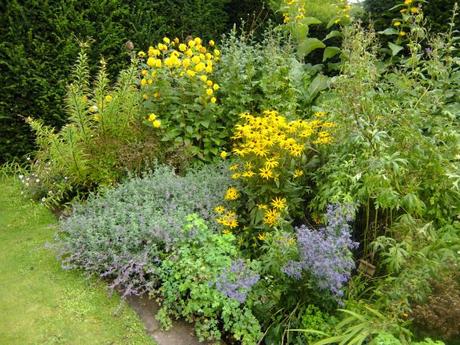
Interestingly although the border at first glance looks full of color and flower when you look closely you can see that there are lots of plants which are no longer in flower but the vibrancy of the yellow draws your eye away from those. At a recent talk by Rosie Hardy of Hardy’s Plants she recommended the inclusion of yellow in borders, even in small quantities as a highlight plant which drew the eye but also helped to lift other flowering plants. I think in the photo above the rudbeckia really lifts both the nepeta and echinops.
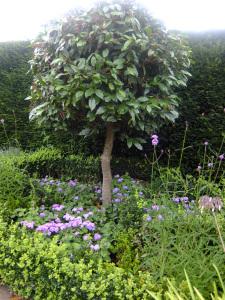
In the Italian Garden which is dominated by a long oblong pool the borders running either side are planted up with box edging and bay and in filled with verbena bonariensis, ageratum and I think heliotrope. Again the blue and green work well together and I think it is food for thought that not all plants need to be in flower to provide interest and the green can be used to frame a small selection of flowers to draw attention to them and increase their impact.
Elsewhere echinops, eryngium and cardoons provide color against the fading earlier flowers. However, this was not as effective as the blue and yellow combinations. So it seems that yellow is the way forward for the Big Border and learning from Stockton Bury pink Anemones is the way forward for the Cottage Border – luckily there is a path between them!
